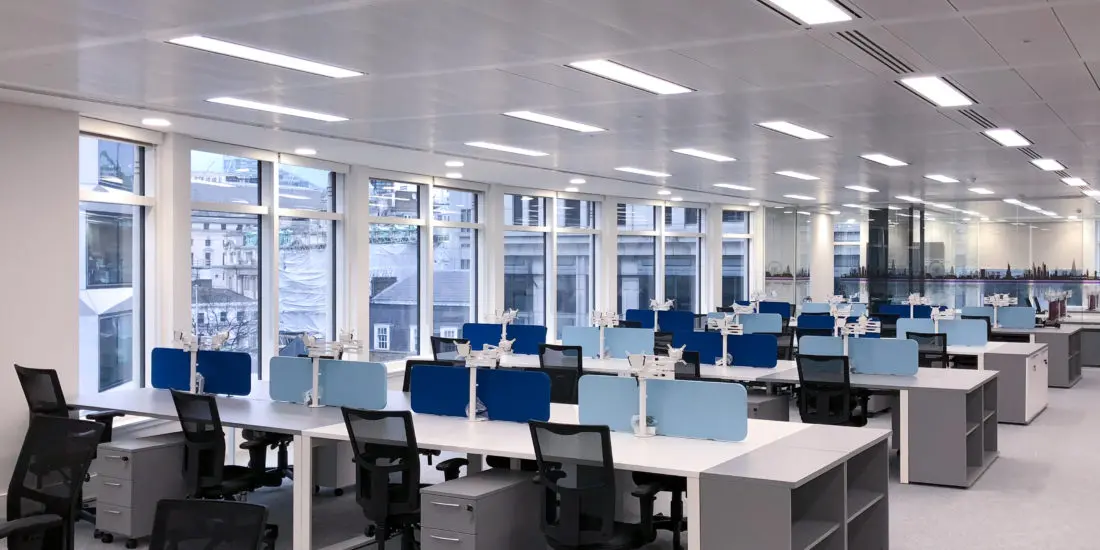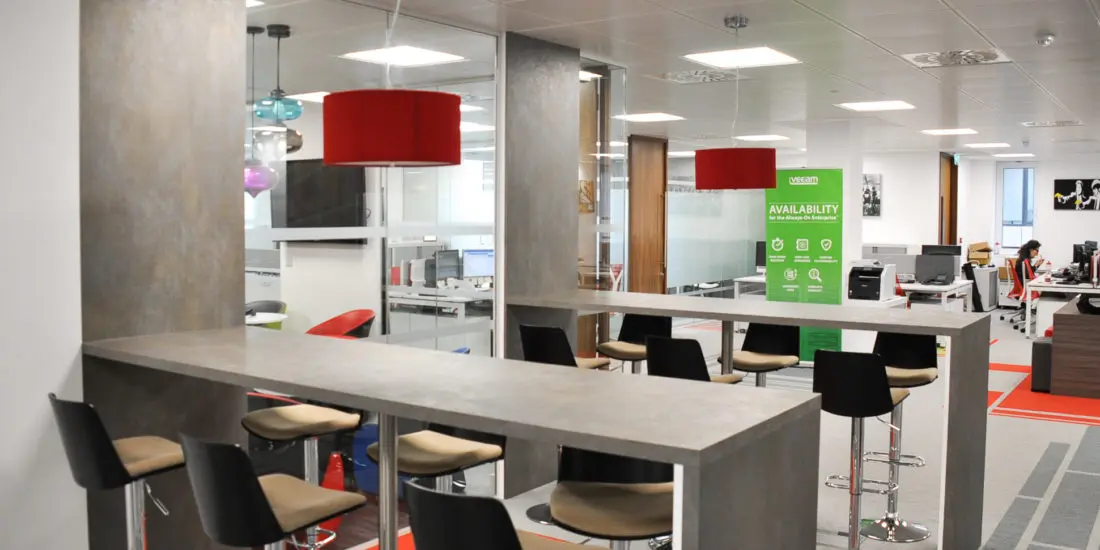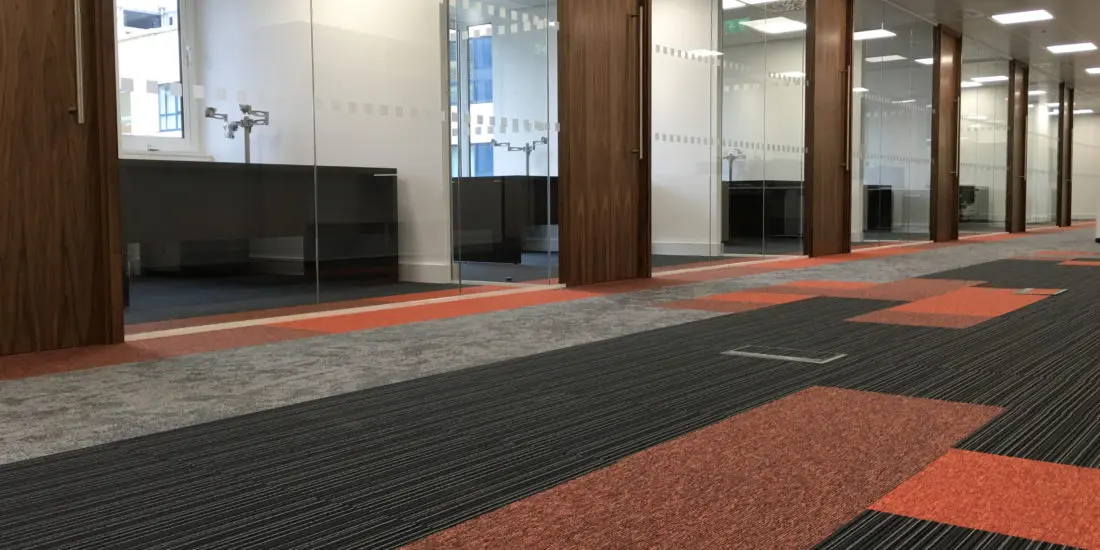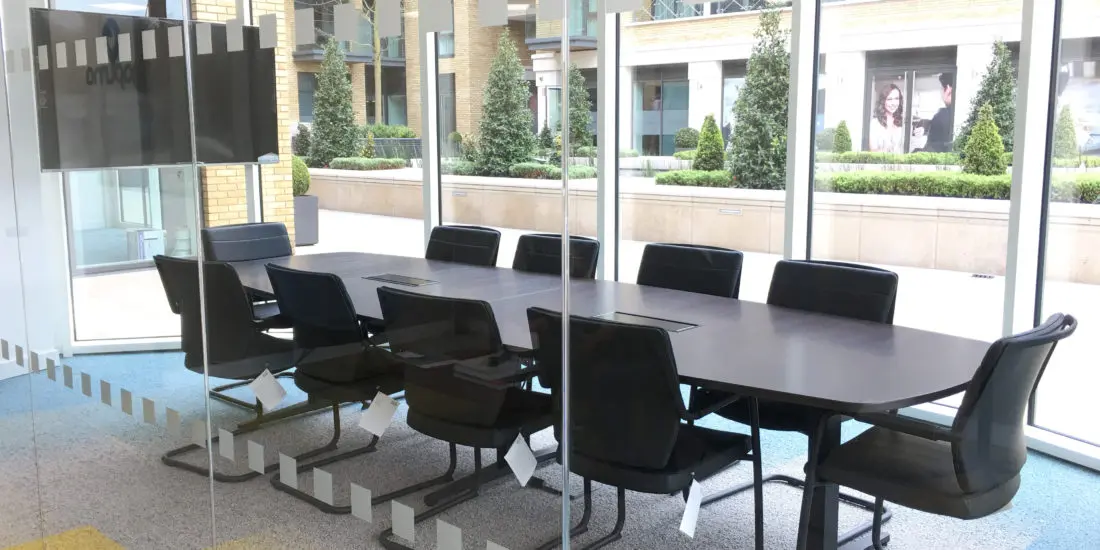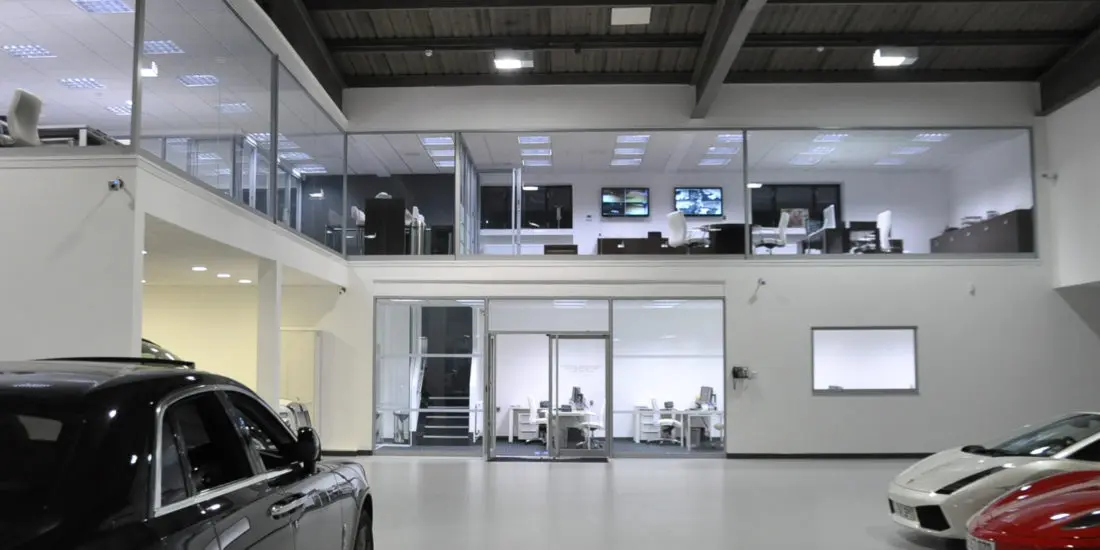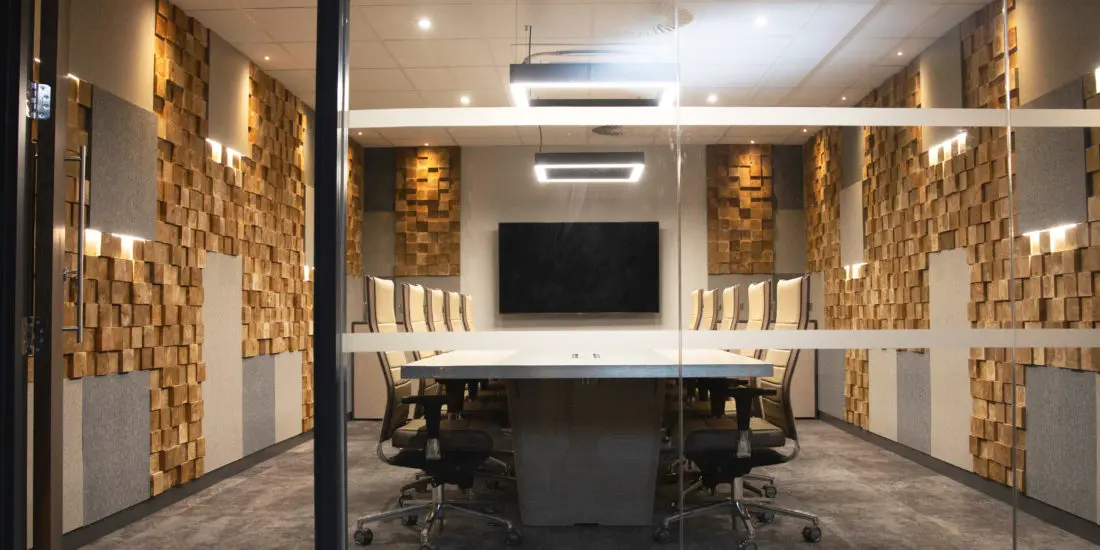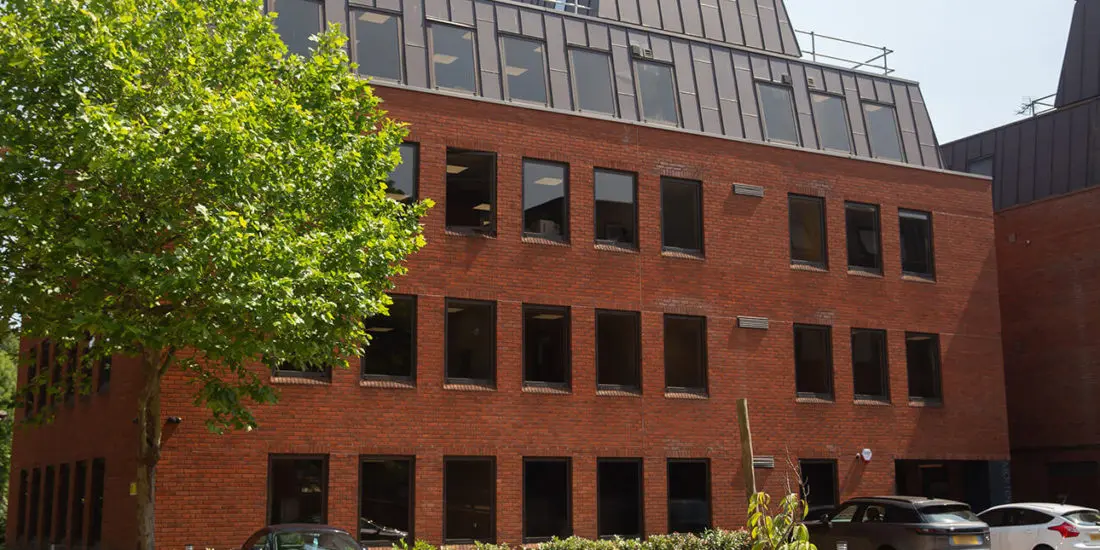With the transformative power of clever
lighting and decor, even windowless offices can be turned into surprisingly
spacious and inviting spaces.
Install LED panels that mimic natural daylight whilst incorporating reflective surfaces like mirrors and
glass-topped desks to enhance existing light.
Light-coloured
walls with satin finishes create an expansive feel,
and strategic placement of plants adds life to sterile spaces.
Modular
furniture with slim profiles reduces visual bulk,
making rooms appear larger.
These changes not only create illusions
of space but elevate mood and productivity in previously claustrophobic
environments.
Why Natural Light Matters in
the Workplace
Naturalworkplace light is a game-changer
in the life-changing power of natural
light. Research consistently shows that it can significantly improve mood, regulate circadian
rhythms, and boost productivity. This knowledge can inspire and motivate you to make changes in your office design.
The natural light benefits extend far
past just brightness. Workers bathed in daylight report better sleep quality,
fewer migraines, reduced eyestrain, and improved creativity. They take fewer
sick days and demonstrate stronger job engagement. Employee wellbeing skyrockets when offices prioritise access to
sunshine—it's the supreme workplace perk.
Remarkably, spaces with abundant natural light lease for higher rates, proving
its economic value too. For the third of employees who feel deprived of
adequate daylight, the message is clear: natural illumination isn't just
pleasant—it's essential for optimal
performance.
Creating an Artificial Window
Experience
How might offices without natural windows
still harness the benefits of daylight? Artificial
windows offer a revolutionary solution through high-resolution 4K displays that mimic outdoor views and natural
light progression. These installations create a sensory experience that connects workers to nature despite being in
windowless environments.
Modern LED technology simulates daylight changes throughout the day,
helping regulate workers' circadian rhythms and reducing stress levels. The
Atmoph Window, for example, can change a blank wall into a beach scene or
forest vista in minutes, enhancing productivity
and mood.
Artificialconfidence window solutions are
not just versatile, they're also practical. They're quicker to install than
traditional windows and can be customized to match any office aesthetic. This
reassurance can give you the spaces from their structural limitations while
nurturing employee wellbeing.
According to implement these solutions contribute significantly to staff wellbeing and can be integrated into
broader office.
Strategic Lighting Solutions
for Light-Deprived Spaces
Outside artificial windows, the challenge
of illuminating windowless workspaces
demands a multi-faceted approach. The focal point lies in layered lighting strategies that combine ambient brightness from overhead LED panels with focused task
lighting at workstations. Smart lighting
systems can mimic natural daylight
patterns, reducing the psychological impact of enclosed spaces.
Reflective surfaces become essential
allies in this light-starved environment. Large mirrors amplify existing light
whilst glass-topped desks and metallic highlights bounce illumination
throughout the room. Light-coloured walls with satin finishes further improve
this effect, creating an expansive feel where none existed before.
Strategic placement matters too—cove
lighting creates soft, indirect illumination that feels natural rather than
artificial. Acoustic ceiling tiles can complement lighting
solutions by enhancing the overall brightness through their reflective
properties while simultaneously reducing noise levels in the office. For peak
liberation from darkness, combine higher-lumen
bulbs (5000K-6500K) with hidden light sources tucked behind furniture to
eliminate the cave-like atmosphere that windowless spaces often create.
Enhancing Office Ambiance
With Nature-Inspired Elements
The change from sterile corporate
environments to lively, living workspaces begins with biophilic design, a
concept that incorporates nature-inspired elements into office spaces. This design strategy can transform
windowless spaces through the strategic placement of air-purifying plants like peace lilies and succulents, which
simultaneously detoxify the atmosphere and create visual intrigue.
Living walls serve as natural decor while
improving air quality and elevating cognitive function. Studies show these
natural elements can increase productivity
by up to 15% - not too shabby for some strategic greenery. Wooden furniture,
earthy colour palettes, and tabletop fountains further improve the sensory
experience, creating a workspace that feels less like a box and more like a
retreat. The psychological benefits are significant: reduced stress, augmented creativity, and a deeper connection to the world outside those missing windows. These
nature-inspired elements contribute significantly to positive office culture that leads to higher
employee creativity and productivity.
Space Optimisation Techniques
for Windowless Environments
Windowless office spaces needn't feel
like corporate dungeons, particularly when armed with clever optimisation techniques that change even the most
light-deprived environments. The liberation of these confined areas begins with
space saving strategies that
maximise every square centimetre. Modular desks and floating shelves not only
create functional workspaces but visually expand the room by drawing the eye
upward.
Embrace these minimalist design principles for maximum impact:
- Utilise compact storage units to banish clutter and create
breathing room
- Select
ergonomic furniture with slim profiles to reduce visual bulk
- Install strategically placed mirrors to double the perceived space
The beauty of these techniques lies in
their versatility—transforming boxed-in corporate cells into airy, functional sanctuaries where creativity flows freely despite the
absence of windows. For optimal results, consider implementing multifunctional furniture solutions. These are
pieces that serve dual purposes, such as a desk that also functions as a
storage unit, while maintaining the streamlined aesthetic essential for small
windowless spaces.
Budget-Friendly
Transformations for Small Offices
Converting small office spaces needn't
demand extravagant budgets or professional designers when armed with the right
strategies and a sprinkle of creativity. The alteration begins with affordable lighting—swapping
traditional bulbs for LEDs that slash energy costs while brightening
workspaces. Task lighting paired
with overhead fixtures creates dimension without breaking the bank. Ergonomic furniture promotes better posture
and comfort, significantly contributing to employee health and productivity in
compact work environments. Budget friendly décor makes all the difference in
cramped quarters. Second-hand furniture
finds new life through fresh upholstery, while removable wallpaper changes rental spaces without landlord
complaints. Mirrors double as space-expanding wizards, bouncing light around
while creating depth illusions. Vertical
storage, IKEA hacks, and multi-purpose
pieces maximise every square centimetre. Plants breathe life into
windowless zones, purifying stale air while adding pops of colour. The secret
lies in the craft of perception—strategic paint choices, textured elements, and
carefully placed mirrors conjure space where none exists.
Balancing Energy Efficiency
With Psychological Comfort
Apart from budget-friendly changes, modern office design now faces a
fascinating challenge: creating spaces that save energy without sacrificing human comfort. Effective lighting design
doesn't just slash energy bills—it nurtures employee wellness in significant ways. The thoughtful integration
of LED fixtures, dimmers, and task lighting creates environments where people
genuinely thrive, not merely function. Incorporating energy-efficient grid lighting can
significantly reduce overhead costs while maintaining optimal illumination
levels for office spaces.
Organisations balancing sustainability
with psychological needs typically focus on:
- Implementing adjustable lighting systems that enable workers to
customise their immediate environment
- Strategically
placing reflective surfaces to maximise available light while reducing the
sensation of confinement
- Creating zones with varying light temperatures that mimic natural
daylight cycles, supporting healthy circadian rhythms
This balance isn't just environmentally
responsible—it's revolutionary. When offices honour both planetary limitations
and human needs, they change into liberating spaces where creativity and wellbeing flourish together.







